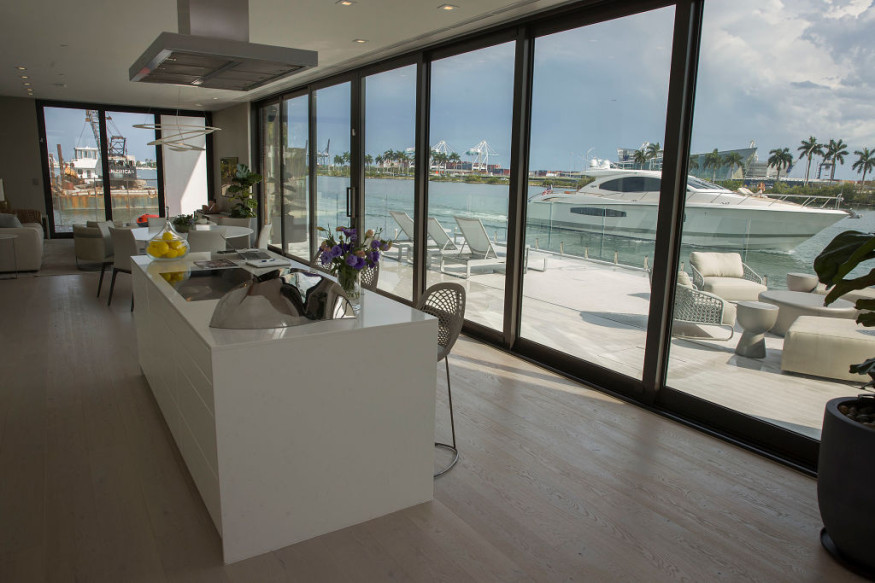
In recent years, a unique trend in home design has caught the attention of homeowners and designers alike: the "Iceberg House." Resembling an iceberg, most of the home is hidden below the ground.
Unlike traditional mansions, iceberg homes look small on the outside but are much bigger underneath. This trend has become especially popular among homeowners who want to maximize their living space without expanding the home above ground.
While Iceberg Houses can offer extra space and privacy, they also come with challenges. In this article, we'll dive into what Iceberg Houses are, their key features, and some potential issues to consider.
What Is an "Iceberg House"?
An Iceberg House is a home that has most of its living space underground, similar to how most of an iceberg is hidden below the water's surface. From street level, these homes appear modest in size, but they often extend several stories down.
This style of home is popular in cities like London and New York, where space is tight and building regulations limit above-ground expansion.
Iceberg Houses are ideal for people who want a spacious home but live in places where they can't add additional stories above ground. By building down, homeowners can add rooms, pools, theaters, or even gyms without changing the exterior of their homes.
Key Features of an "Iceberg House"
Iceberg Houses often include impressive features and amenities. Many have multiple floors underground, which are used for entertainment spaces, extra bedrooms, or even spa-like areas with pools and saunas. Some include natural lighting systems or skylights to bring sunlight into these deep spaces, making them feel bright and open.
Another common feature is a high level of soundproofing. Since most rooms are underground, the house offers a quieter, more private environment. Iceberg Houses also use advanced ventilation and climate control systems to ensure comfort and air quality throughout the underground spaces.
Potential Issues of Iceberg Homes
While Iceberg Houses are impressive, they come with challenges. Building underground can be very expensive, and construction may disrupt nearby homes or infrastructure. Excavating requires special permits, which can be difficult to obtain, especially in densely populated areas.
There are also environmental concerns, as digging deep can impact soil stability and water drainage. Plus, maintaining underground spaces can be costly due to the need for ventilation and moisture control.




